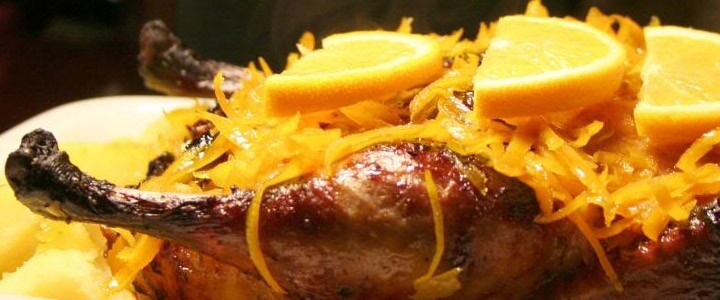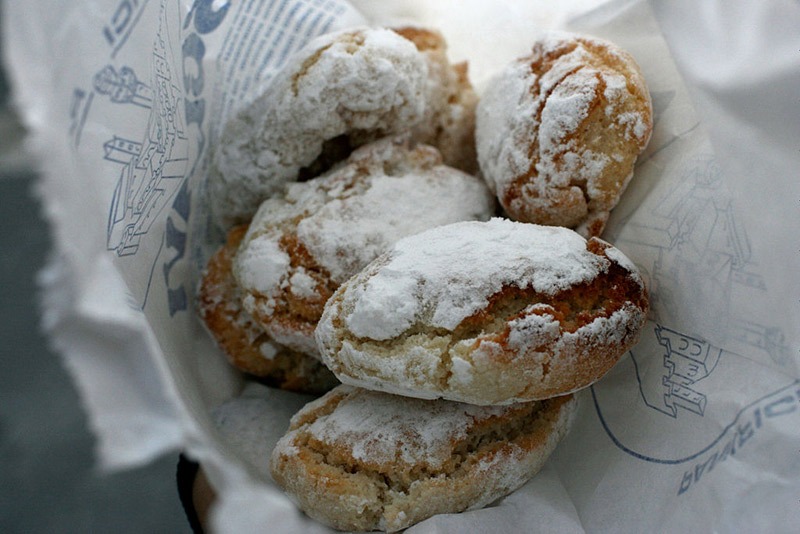From the Renaissance to today: the culinary traditions of nobles and the general population
Sienese Cuisine gets its roots from the medieval and Renaissance periods, when nobles’ tables were adorned banquets and were set up especially with game dishes that were enriched with spices (ginger, cinnamon, cloves, taragon), imported from faraway lands by Sienese merchants. Siena was dominated by Florence in the second half of the fifteenth century. However, its cuisine was not.
The most famous chefs at the Florentine Medici court came from Siena and probably invented dishes that were later renowned: for example, papero al melarancio (later called “Orange Duck”) and the sweet Duke’s soup (a sort of English soup).
Of this illustrious secular tradition, the use of roast meat or wild game remains today, seasoned with special sauces (ex: lepre dolceforte, strong-sweet hare). Other examples of typical Sienese dishes that are prepared with lard or stewed meat are the stiracchio and the scottiglia. Instead, other popular dishes are Ginestrata, a spiced soup made from eggs, broth, and Vin Santo, and Cipollata (onions).
Famous traditions
Cinta Sienese Breeding has become ever more popular. Cinta Senese is a native black pig with light-colored stripe around her body; a pig breed that was already known in the Middle Ages, and that roams relatively free and feeds on Acorns, cereals and tubers. The Cinta meat is particularly tasty and fragrant and it’s suitable for sausage preparations: such as salami, ham, finocchiona (salami with fennel), and also buristo (a large wurstel enriched with raisons and pine nuts).
Above and beyond meats, there are also several particular and famous dishes in this area: Pici, for example, a pasta made of water and flour (similar to large spaghetti); ivory white, compact, soft and seasoned with various kinds sauces.
Even when it comes to desserts, there are many traditional treats that are known all over the world: ricciarelli (photo), panforte (spiced dried fruit cake), panpepato (a type of dried fruit/gingerbread), and the schiacciata di Pasqua (flat Easter bread).
Pairing with wine
With such aromatic and spicy cuisine, wines need to be able to hold their own and, in a sense, also “counteract” the strong flavors in order to create a balance in the palate.
Young, fresh and fragrant red wines, such as Chianti del Colli Senesi, go well with red boiled meat or soups.
On the other hand, well-rounded reds, suitable for long aging, are perfect to pair with even the most tasty meats (game meats) and seasoned cheeses.
The sweet Vin Santo is always an ideal as a dessert wine.









